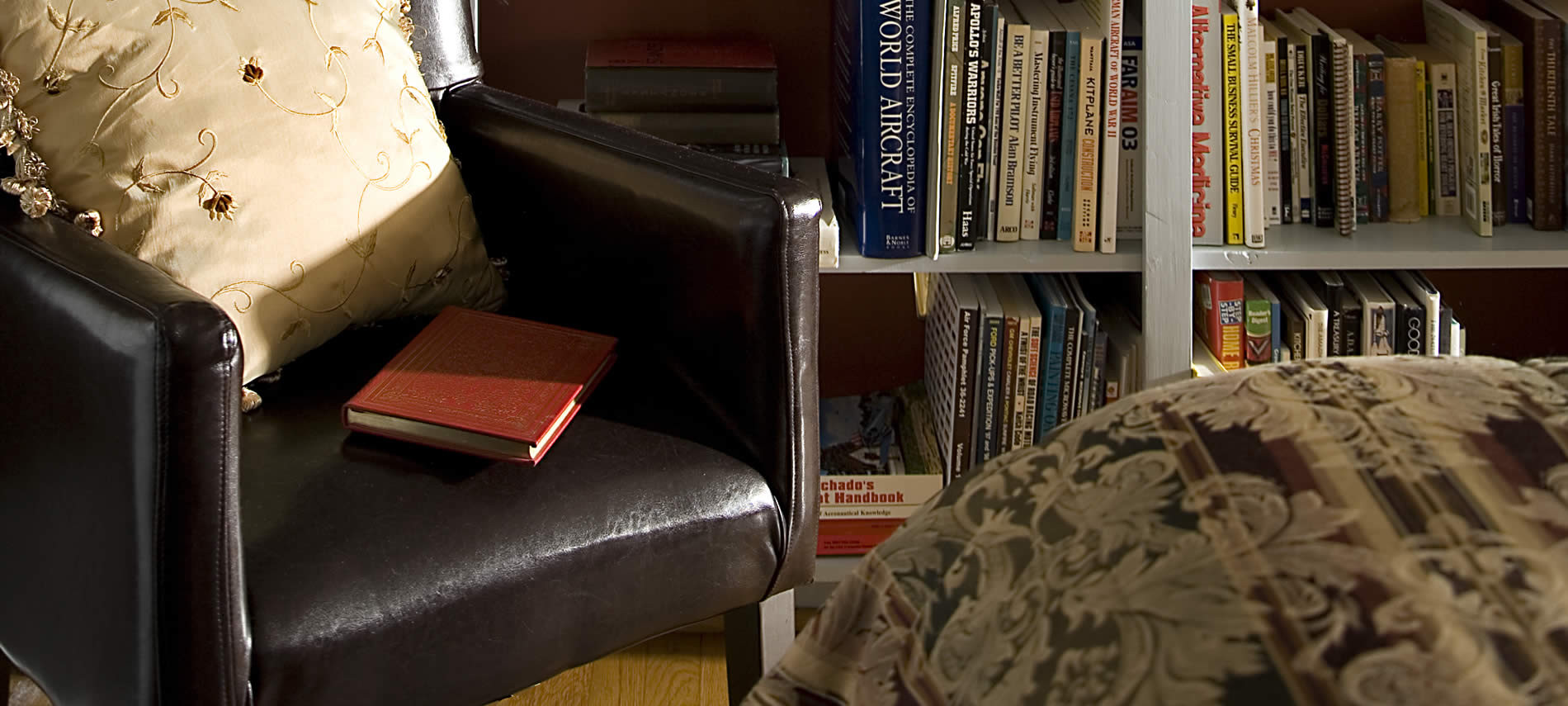Colonial Gardens Bed & Breakfast isn’t just a cute name. Our inn is placed quaintly on an acre of land, surrounded by cozy woods, mossy landscaping, and, just as our name suggests, lovely flower gardens. Throughout the year, many people frequent our gardens, from our guests and brides, to tourists just stopping by for a look. Last year, we calculated that our guests spent an estimated 916 hours in our gardens (that’s a combined 38 days!). Although located less than a mile from downtown, the surroundings make our guests feel far away from the hustle and bustle.
So how do we do it? How do we keep our gardens beautiful, year after year?
In this article, we will be sharing some of our secrets to creating a breath-taking garden that lasts all year!
6 Tips for Flower Gardening
 Make a Plan
Make a Plan
Before you head to the store for flowers and supplies, take a moment to plan out the design of your garden. While this may seem intimidating, it’s not as difficult as it sounds. And trust me, it is essential.
Take a look at your current landscaping and decide where you want your flowers to be. If you plan to have rows, make sure that the taller flowers will be in the back row with the shorter flowers in front. If you would like to have potted feature plants for some added height and dimension, determine the style of pots you want to use. This will help determine flower color later on.
Position for Sunshine
Once you have a general idea of the design, it’s time to take stock of how much sunlight those areas receive daily. Not every type of flower will thrive in the same amount of sunlight. While “Full Sun” flowers require 6-8 hours of direct sunlight a day, “Partial Sun” flowers do better with only 3-6 hours of sun. For more details of different types of flowers, click here to read an informative article from Gardening with Confidence.
Take a day and monitor your gardening space to see how much sunlight it receives. Take into account surrounding trees that will cast shadows and different sun positions at different times of the day. This will allow you to choose the correct flower types for your garden.
Choose your Flowers
Now it’s time to head to your nearest nursery (we use Anderson’s in Newport News) or home improvement store to choose some flowers. This is where you can get creative in making the garden you will enjoy looking at throughout the year. Just keep in mind sun preference, watering needs, and spacing requirements. Don’t be afraid to choose other plants, such herbs, to create a dynamic and fragrant garden space.
If you plan to start with seeds, you will need to sprout these first before planting them in the garden. This usually takes about 6-weeks prior to planting, but is often worth the wait! For more information of seed-starting, check out this article!
Choose your Soil
The other vital part of gardening is having nutritious soil for your flowers. We find that the best soil is usually a mixture of the existing land and store-bought high quality flower soil. Consider digging up the whole area, mixing in the new soil, and then planting into this soil, rather than digging up individual holes. This will create a more evenly spaced and fertilized bed.
If you’re having trouble keeping your flowers alive, check the pH of your soil. If you find that you can’t control the pH of the land, consider building raised beds or planting in pots.
If you decide to compost (which we think is a great idea) we generally recommend doing this as a supplemental fertilizer once the flowers have taken hold. Do your research on composting to make sure you have a good mix of nutrients and pH balance for your specific plants.
Water Appropriately
When selecting your plants, the label should tell you how much water they like to have. It’s important to follow these guidelines, not to over or under water.
If you find that your flowers and the soil around them are looking dry, they will need more water. If they seem to be rotting in the ground or growing mold, consider giving them less water.
Enjoy your Garden!
Gardens need attention and care. Watering, weeding, and fertilizing are all needed throughout the year. However, this is one of the ways we enjoy our garden! This labor of love gets us out in nature and is well worth the satisfaction.
Note: The biggest pest we face in our gardens is the deer. While beautiful, they munch away at all of our flowers, often damaging them beyond repair. We have tried everything we could think of the keep them away, but in the end found that cayenne pepper seems to work the best.
Do you have any gardening tips? Share them below!


 Make a Plan
Make a Plan